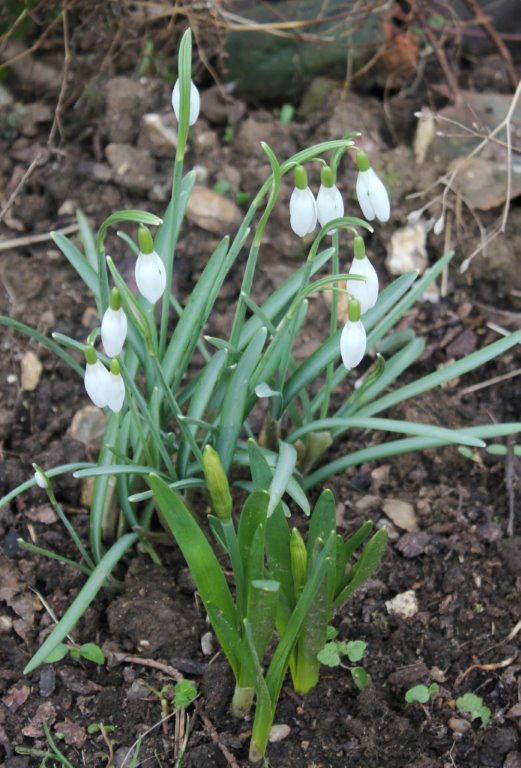It’s the beginning of March and according to Peter Gibbs, BBC weatherman and gardening enthusiast, the cold, grey weather will be with us for a little while. There is a great temptation to rush out and start seed sowing at the first signs of sunshine, which will surely come. After a cold wet winter, it is going to take a while for the soil to warm, particularly if you garden on heavy clay and sowing too early usually results in poor germination and losses. Lightly forking over the surface of your vegetable plot, so the wind dries the soil is useful preparation and covering the ground with clear polythene helps, too. It is also worth investing in a soil thermometer – one of my favourite gardening ‘toys’, you will then know when the soil is warm enough to start seed sowing. According to country law, March either ’comes in like a lion and goes out like a lamb’ or vice versa, (if such wisdom still applies in these days of climate change!) I wonder what will happen this year?

Traditionally, Snowdrops are planted ‘in the green’ just after flowering – over the decades, millions of gardeners have done this successfully. However there is a strong argument that lifting ‘in the green’ damages roots, weakens the bulb and prevents a full recovery after flowering – plants often fail to flower the following year. Named varieties, lacking the robust constitution of our wild snowdrop, Galanthus nivalis, take longer to recover and may even die. The recommended alternative is to follow what is accepted practice for the majority of bulbs, working with their life cycle and planting when they are dormant, ideally in June, when the clump in the picture, is due to be moved.
If the only practical method is for you to plant ‘in the green’, move your snowdrops to their new position as quickly as possible, water well, reduce the leaf size if they show signs of stress and feed with dilute high potash liquid fertiliser. Bulbs planted when dormant do not need this intensive care.
‘Planting in the green’ is obviously successful, as it is so widely practiced; sheer numbers compensating for the fact that there is natural wastage and gardeners’ natural patience accepts that their ‘Snowdrops’ may take time to recover. However, it seems that planting when dormant, is ‘best practice’, reliable and successful. Both techniques work but one is more reliable than the other!
Start weeding as soon as you can, before weeds flower and set seed, fast growing annual weeds are particularly effective at colonising – one ‘Chickweed’ plant produces up to 2000 seeds per plant, completing its life cycle from germination to seed dispersal in seven weeks! Keep on top of weeding now and it saves you lots of work in the future. Later in the month when the soil is moist and warm, mulch weed free borders with plenty of well rotted organic matter, this stops weed growth, keeps the soil moist and warm and protects the roots of your plants.
Happy Gardening!
Matt


